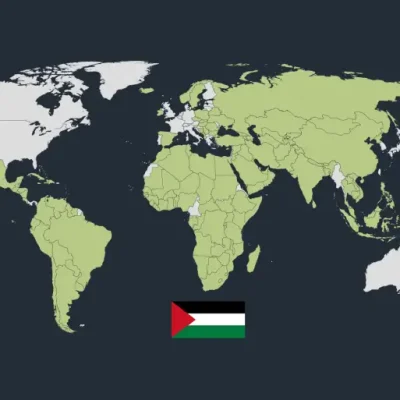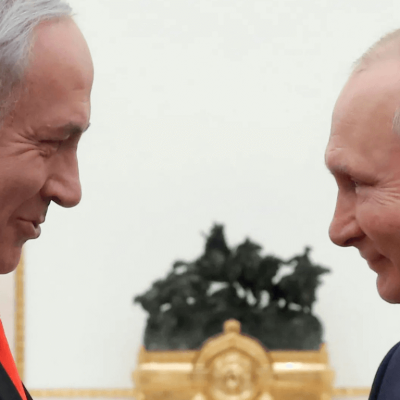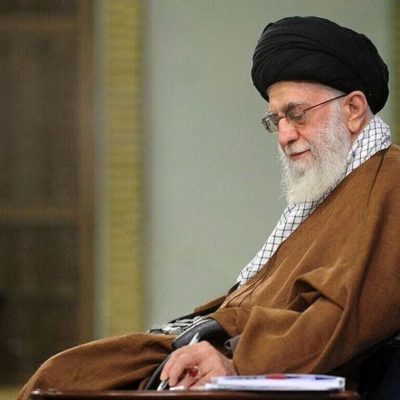The Collapse of the Two-State Solution: Analyzing the Israeli-Palestinian Conflict

Long considered as one of the most unsolvable conflicts in contemporary history, the Israeli-Palestinian conflict is about to reach a turning point. The two-state solution—a vision for ending the conflict by creating an autonomous Palestinian state alongside Israel—has mainly fallen apart. Promoted by the United States, Europe, and many Arab states as the best route to peace, this plan is progressively recognized as unworkable by Palestinians and Israelis.
Current Events and Changing Perspectives
Attitudes and the feasibility of peace initiatives have changed drastically in the previous year. On October 7, the fighting got far more intense as Hamas started an unheard-of offensive on southern Israel that claimed around 1,200 lives. Palestinian officials claim that Israel’s military actions have allegedly caused more than 40,000 deaths among their people. Deepened mistrust and further undermined the fragile hope for a negotiated peace have come from this terrible exchange.
Head of the Palestinian Center for Policy and Survey Research in Ramallah Khalil Shikaki notes a dramatic decline in mutual respect and empathy. “Right now, Israelis and Palestinians do not believe that the other side is human beings,” Shikaki added. The attitude shows a more general departure from the two-state option, formerly embraced by majorities on both sides. Recent polls show that, down from past higher levels, only 32% of Palestinians and 19% of Israeli Jews today support the two-state concept.
Growing Hostilities and Decline of Support
Over the past ten years, support for the two-state solution has been declining gradually but consistently. Surveys conducted in the late 1990s and early 2000s revealed great support for a two-state solution among Palestinians and Israelis. But faith in this fix has faded as the crisis has dragged on and violence has endured.
Particularly the October 7 bombings have heightened anxiety among Israelis about a Palestinian state perhaps under extreme control and serving as a base for more strikes. For many, this anxiety validates a strong conviction that any negotiated agreement will not stop future bloodshed. According to Shikaki’s institute, around 70% of Palestinians approve of Hamas’s attack; many Israelis view this as proof of an inherent animosity undermining chances for peace.
Historian and analyst Gadi Taub has grown disenchanted with the peace process since the present Palestinian generation shows animosity that makes the two-state idea seem unworkable. Taub remarked, “This generation of Palestinians has shown its face,” mirroring the opinions of many who believe that given present circumstances peace is not achievable.
The Political terrain and the part leadership plays
Benjamin Netanyahu, the prime minister of Israel, has profite on and strengthened these anxieties. Netanyahu, the longest-serving prime minister of Israel, has positioned himself as a strong advocate of Israeli security and a clear opponent of Palestinian independence. His leadership has been distinguished by a strong will against territory concessions, which he contends would compromise Israel’s security.
Following the October 7 attacks, Netanyahu’s story, which he reiterated, is that Israel’s survival depends on keeping control over the territory west of the Jordan River. This viewpoint, together with his historical background in opposing Palestinian statehood, has greatly changed Israeli public opinion and political dynamics.
By means of growing Israeli settlements and a nationalist change in Israeli politics, Palestinian officials have battled with declining support for the two-state solution. Some Palestinians have been driven toward more extreme opinions by this climate, including rejecting the two-state solution in favor of undoing the 1948 founding of Israel.
Historical Background and Efforts at Failed Peace
With both sides making major concessions and laying foundations for next negotiations, the Oslo Accords of the 1990s marked the climax in the peace process. But the later collapse of these accords, marred by violence and mistrust, has demoralized both sides. Important problems including boundaries, security, and Jerusalem’s status were unresolved, which helped these negotiations fall apart.
The second intifada and the emergence of militant opposition significantly compromised chances for peace. Though they tried to reach final-status accords, Israeli officials—including then-Prime Minister Ehud Barak—found themselves up against impossible challenges. Further eroding confidence were the murder of Israeli Prime Minister Yitzhak Rabin by a Jewish fanatic and continuous bloodshed on both sides.
The unilateral retreat from Gaza by Ariel Sharon in 2005, motivated by a belief that strategic value in preserving Israeli authority over the territory lacked, also underlined the ingrained mistrust and complexity of the conflict.
Future Prospectues and Current Realities
The state of affairs now shows a growing crisis of confidence and a departure from the two-state answer. A desolate scene for peace has been produced by the ongoing violence, the spread of Israeli colonies, and the tenacious beliefs on both sides. As both sides battle with historical grievances, security issues, and political unrest, the prospect for a diplomatic settlement seems ever far-off.
Addressing the needs and aspirations of both Israelis and Palestinians is a difficult chore for the international community as the conflict lasts and views change. The road toward peace is still paved with challenges, and the two-state solution’s future is growingly hazy.




